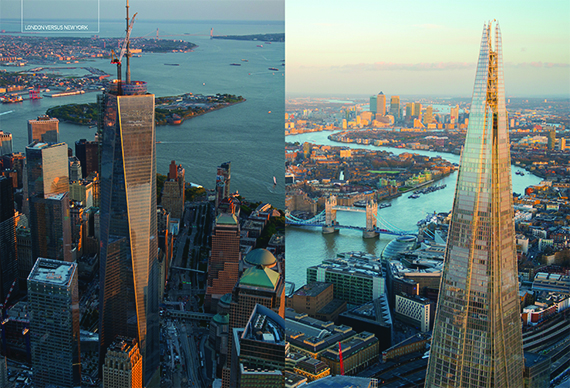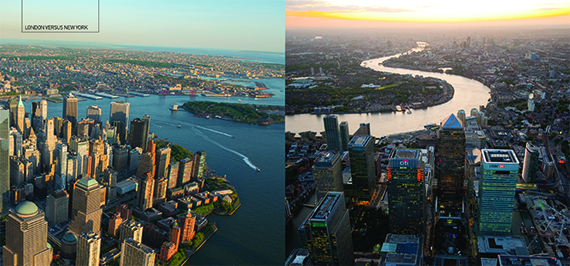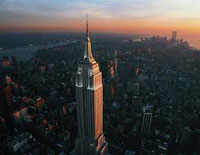The battle between New York and London is long-standing. True, it is more akin to grand scale sibling rivalry than out and out war, as the two cities are intrinsically interwoven, in sync and more reliant on one another than perhaps either would like to admit.
But the truth remains that when foreign investors are looking for a safe haven, the age-old rivalry between the two power houses will inevitably rear its head. Now that the Big Apple has finally knocked the Big Smoke off the number one spot in the 16th Global Financial Centres Index, the fight to attract overseas interest just clicked up a notch.
There is hardly a hair’s breadth in which city has the edge. One point to be exact. The index, which is compiled every six months by the Z/Yen group and ranks 83 financial centres out of 1,000, scores New York at 778 and London
at 777.

Mark Yeandle, the compiler of the list, says the two cities are neck-and-neck in terms of their status as global financial centres and that less emphasis should be put on the rivalry between the two. “They are virtually impossible to set apart,” he says.
“In terms of investment, it comes down to preferences as both have different strengths. London tends to outshine New York in new markets with a strong reputation for innovation, but this is counterbalanced by New York’s liquidity. New York is stronger in terms of shares and bonds, but when it comes to insurance or commodities, London leads the way. They are a symbiotic pair. And actually they work better together than in constant battle.”
This may be the case, but London did still lose out on the top spot for the first time in seven years. Uncertainty over the UK’s position in Europe and the UK appearing to be “less welcoming to foreigners” have both been highlighted as possible causes for the drop.

Andy Schofield, director of research at TIAA Henderson Real Estate, says: “The rise of anti-European feeling in the UK has been damaging. And it has potentially seen New York edge ahead in terms of perception. But actually, when it comes to global money and investment, London still massively outperforms New York, which is very domestic. There is a lot of big family money dominating in Manhattan, while most of London is up for grabs. This means the UK capital is likely to remain a magnet for overseas investment – particularly from the Far and Middle East.”
Ultimately, the best course of action for both cities would be to focus more on external competition than their own rivalry. As Yeandle points out, they should be looking over their shoulders at the Asian pretenders to their thrones.
“Four of the top seven financial centres are Asian now,” he says. “Hong Kong comes in third with 756 points and Singapore in fourth with 746. Tokyo was 150 points behind the top two 12 months ago. That has shrunk to 60. And looking ahead, Shanghai looks set to gain a lot of business and ground this year.”

Schofield agrees that the two cities would be better off working together than pulling apart in 2015 and beyond. “London and New York are very closely synced markets. Particularly in terms of investment, property and occupiers. These cities are the liquidity epicentres in each of their respective countries. They are both transparent markets with reasonable tenant security and good risk profiles. Healthy competition is just that. But the threat from other, external global financial centres gaining ground on them is far greater than the threat they pose to each other.”











